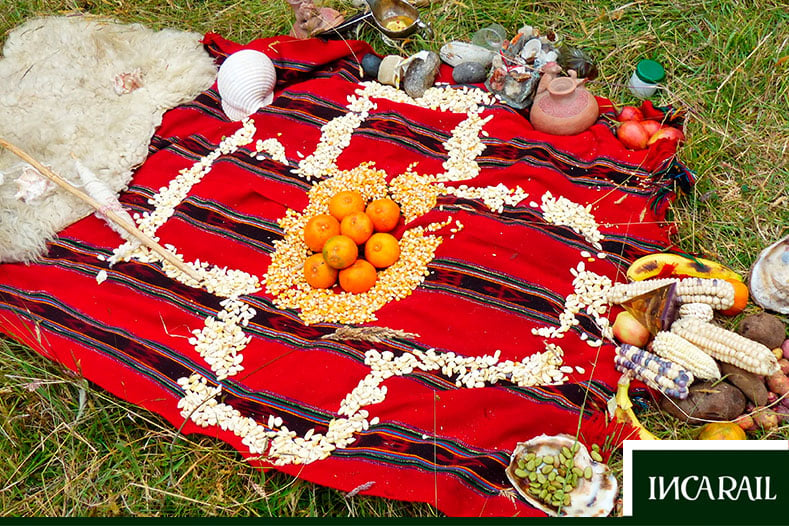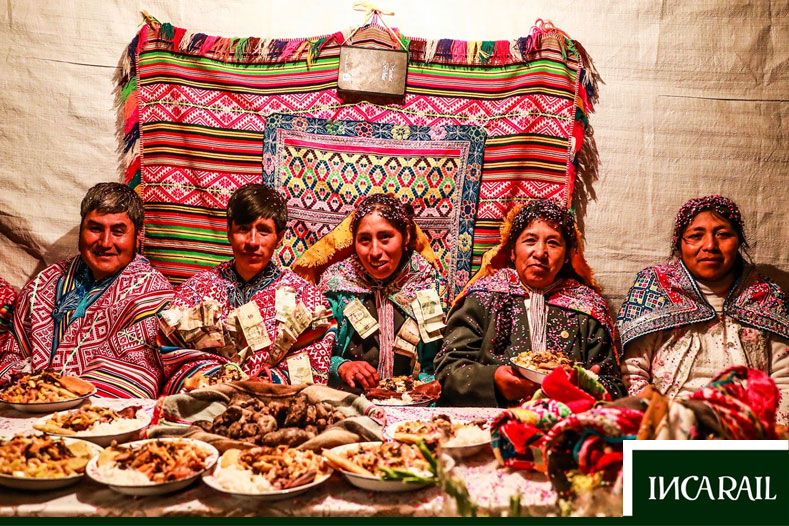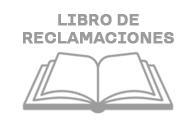With the arrival of the Spaniards to Cusco, the capital of the Inca Empire was filled with new customs and traditions that have remained to this day. But also survived those that existed in pre-Hispanic times and that come from the diverse cultures that once inhabited this area of our country.
Thus, at present Cusco is a mixture of customs and traditions from various cultures. Therefore, walking through the streets of this city during the celebration of some tradition is like transporting to different periods of history.
So that you can experience the most striking customs of Cusco, here is a list of five Cusco traditions that will surely captivate you.
Veneration to the Pachamama
Many Peruvians profess a deep respect for the Pachamama or Mother Earth, which is inherited from the beliefs of our Incas ancestors. Thus, inhabitants of the Andean areas of our country perform various rituals of gratitude to the earth for all that it provides us.
 Among all these appreciation, highlights the Payment to the Earth ritual that takes place during the month of August in honor of the Apus (a male aspect of nature) and the Pachamama (female aspect of nature).
Among all these appreciation, highlights the Payment to the Earth ritual that takes place during the month of August in honor of the Apus (a male aspect of nature) and the Pachamama (female aspect of nature).
During this ceremony there is a manager called “altomisayoq” or “yatiri” who is in charge of communicating with the outside world and performing the whole ritual: first spread a rug and then, between prayers in which they present their wishes, makes the offering to the earth (with various natural products such as coca leaves).
Inti Raymi
One of the most important festivals during the Inca Empire was the Inti Raymi and today it is still one of the biggest celebrations in Cusco and, undoubtedly, one of the great tourist attractions of the city.
 Every June 24 thousands of tourists arrive at the imperial city to enjoy the various celebrations that take place in the temple of Qorikancha, the Plaza de Armas and the fortress of Sacsayhuaman.
Every June 24 thousands of tourists arrive at the imperial city to enjoy the various celebrations that take place in the temple of Qorikancha, the Plaza de Armas and the fortress of Sacsayhuaman.
Sacsayhuaman is, without doubt, the most magical place to enjoy this event. Around 750 actors gather in the esplanade of the fortress and, dressed in costumes of the time and with the rhythm of the Andean music, they perform a representation of what this festival was for the Incas.
Kasarakuy
Another tradition that has been maintained since the time of the Peruvian ancestors is the Kasarakuy, which in Quechua means “to marry”. Many couples from different Andean areas of Peru wait until the month of August to get married and follow the custom they received from their parents and grandparents.

For this celebration, the groom is dressed in a poncho and a chullo with a great decoration, as well as a small bag in which he keeps the coca leaves. The bride, on the other hand, wears a traditional dress with the typical pollera and a jacket. The celebration is joined by music, dance and other traditions, such as paltasqa, which consists of hanging money from the bride and groom’s clothes to the rhythm of the huaino.
Without a doubt, seeing this type of celebration on a trip to Cusco is a unique experience.
Altarpieces assembled
When we speak of Peruvian altarpieces, our head immediately thinks of those made by the artists of Ayacucho. However, in Cusco, there is a tradition known as altarpieces assembled, which consists of making altarpieces or altars of large size that are placed in public places such as parks and squares.

Those responsible for carrying out these works are the master craftsmen, who spend a large part of their time to create beautiful works of art that you can enjoy if you travel to Cusco during certain festivals such as Corpus Christi or Cruz de Velacuy.
Qoillur Rity
At 4800 meters above sea level, it does not matter if it rains, snows or thunders, during the months of May or June (depending on the year) up to 10,000 people join together in a pilgrimage to the foothills of the Ausangate mountain.
 According to the story, two shepherd children named Manuel and Mariano met on the mountain and became friends. When Mariano’s father saw how his son’s flock had grown up after meeting Manuel, he wanted to go and meet that child together with the parish priest of the town. But when the priest arrived and wanted to greet Manuel, the boy vanished into stone.
According to the story, two shepherd children named Manuel and Mariano met on the mountain and became friends. When Mariano’s father saw how his son’s flock had grown up after meeting Manuel, he wanted to go and meet that child together with the parish priest of the town. But when the priest arrived and wanted to greet Manuel, the boy vanished into stone.
Thus, this tradition is on the Christian side, since the church interpreted this story and the role of Manuel as the Baby Jesus, but also pre-Hispanic, since the cultures before the Spanish interpreted it as the union of man with nature.
The pilgrimage of the Qoillur Rity lasts around five hours during which they reach up to -4ºC. But when they get to the sanctuary of Mr. de Ccoylloritti, everything is a party: fireworks, dancers, markets, comparsas … a sight worth seeing!
















